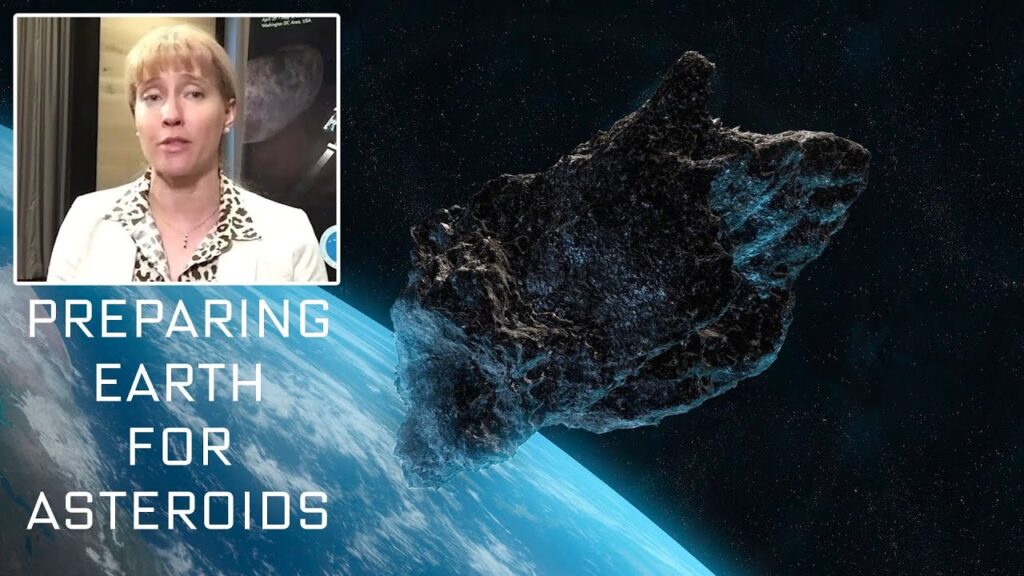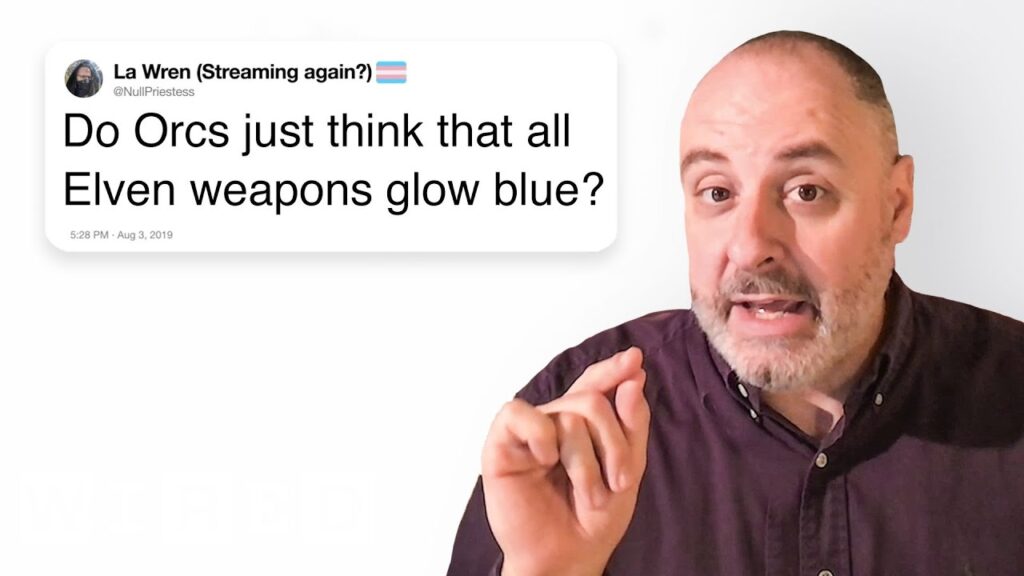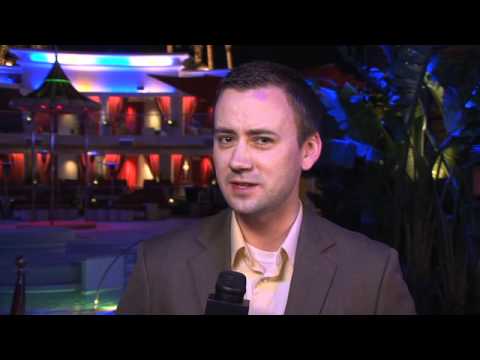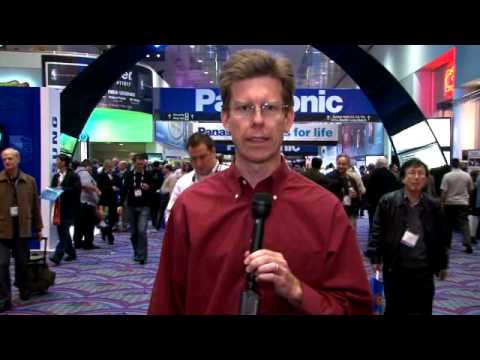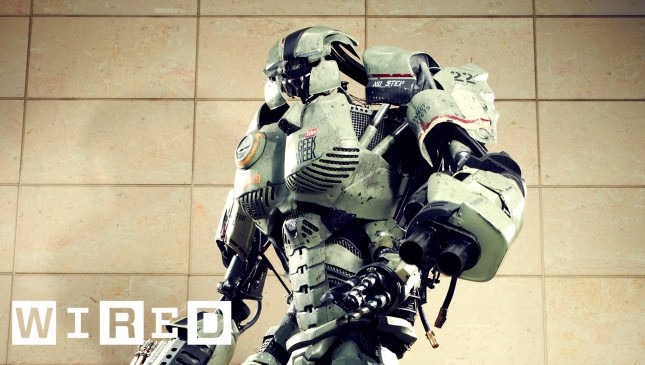Exploring the Intersections of Humans and Nature Through Art
Summary
In this Q&A, we speak with an artist who grew up with sled dogs and rabbits and who is interested in the relationship between humans and the natural world. She discusses her work, including a piece titled “Ornament” in which her body becomes a landscape for hermit crabs, and shares her perspective on how humans and their creations are a part of nature.
Table of Contents:
- The inspiration behind the artist’s work
- The meaning behind “Ornament”
- The relationship between humans and nature in the artist’s perspective
- How art can enhance our understanding of the natural world
- The importance of beauty in representing nature
Introduction:
As we continue to explore the relationship between humans and nature, we often look to art to provide unique insights into this dynamic. In this Q&A, we speak with an artist who has integrated her experiences with nature into her work. Her pieces are not only beautiful, but they also challenge us to question our perceptions of the natural world and the boundaries we have created between ourselves and other living beings.
Q&A:
The inspiration behind the artist’s work
Questioner: Can you tell us a bit about your background and how it has influenced your work?
Artist: Growing up around sled dogs and rabbits, my life has been deeply connected to the natural world. This is the sort of visual and physical fabric that makes up my life world, and it has certainly influenced my art. I’m interested in exploring the boundaries between humans and nature and showing the interconnections between the two in poetic ways.
The meaning behind “Ornament”
Questioner: Can you tell us about your piece titled “Ornament” and what inspired it?
Artist: “Ornament” is a piece where I have three hermit crabs crawling on the back of my head, with an ornate braid running around the back. The crabs themselves are fairly ornate, and I’m really interested in the human body becoming the landscape for these other organisms. It reflects our human desire to make visual sense of the natural world. By creating a symbiotic relationship between myself and these crabs, I am showing how we are more connected to nature than we realize.
The relationship between humans and nature in the artist’s perspective
Questioner: How do you see the relationship between humans and nature?
Artist: I see humans as a part of nature. Our bodies are colonized by bacteria, and we are not these closed systems. We exist as a microcosm of the universe. So I believe that we are nature, and everything that we create is also a product of nature.
How art can enhance our understanding of the natural world
Questioner: How do you think art can enhance our understanding of the natural world?
Artist: I think art can provide a unique perspective on the natural world. It can express the world around us in ways that science cannot. Through art, we can explore the boundaries between humans and nature and begin to question our perceptions of the natural world. In turn, this can lead to a greater appreciation of the interconnectedness of all living things.
The importance of beauty in representing nature
Questioner: Your work is often quite beautiful. Why is beauty important for representing nature?
Artist: I think beauty is important because it draws people in and makes them want to look closer. Once they start looking closely, they begin to see the intricacies of the natural world and the interconnectedness of all living things. Beauty can be a powerful tool for engaging people in discussions about the environment and for spurring them to action.
Conclusion:
Through her unique perspective on the relationship between humans and nature, this artist has created thought-provoking pieces that challenge us to think more deeply about our place in the world. By using her body as a canvas, she has created a beautiful and reflective space for exploring the complexities of the natural world. Her work serves as a reminder that we are all a part of nature, and that the boundaries between humans and the natural world are not as clear-cut as we once believed.


